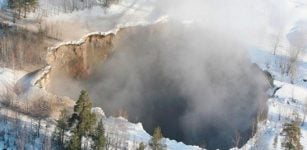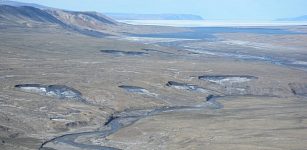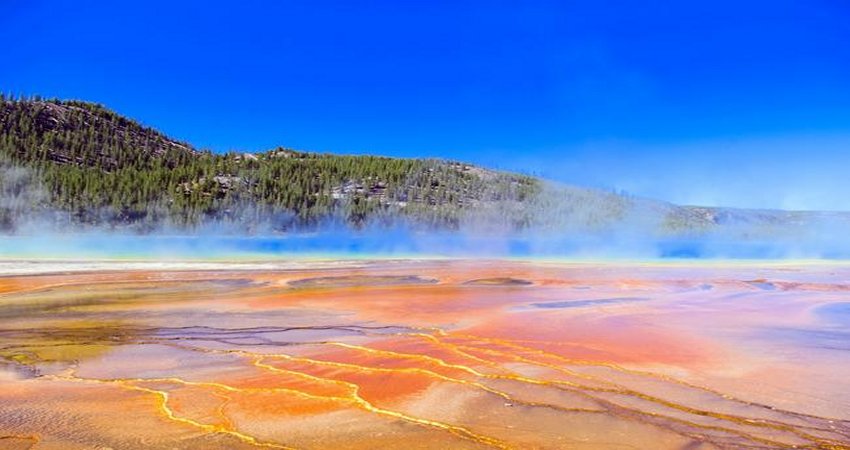Green Witwatersrand Diamonds Reveal Secrets Of Ancient Earth – Plate Tectonics Started 3.5 Billion Years Ago
MessageToEagle.com – About 80 years ago, three green diamonds, were extracted from the 3 billion-year-old Witwatersrand Supergroup, an ancient rock formation that is host to the famous Johannesburg gold mines in South Africa. The diamonds have been studied by researchers and reveal secrets of how the Earth worked more than 3.5 billion years ago.
Discovery of the Witwatersrand diamonds
The green Witwatersrand diamonds were found in the Witwatersrand conglomerate, where the gold was found that led to the establishment of the city of Johannesburg.
A number of these diamonds were found between 1890 and 1930, when men were still mining by hand and pick axes. After the industrialisation of the mines in the 1930s, most of the diamonds in the conglomerate were crushed to dust. For this reason, the Witwatersrand diamonds are extremely rare.
The Witwatersrand conglomerate is known to be at least three billion years old. The diamonds that are found in the conglomerate are known as “placer” diamonds. These diamonds did not originate in the conglomerate, but were transported from their original kimberlite sources by secondary means, such as rivers.
See also:
Fukang: One Of The Greatest Extraterrestrial Gemstones Of The 21 Century
Is World’s Largest Canyon Hidden Under Antarctic Ice Sheet?
Life Likely Existed On Earth 300 Million Years Earlier Than Previously Thought, Researchers Say
Most diamonds are believed to be younger than three billion years old, but as the Witwatersrand conglomerate is known to be three billion years old, the diamonds found in the conglomerate must have been formed more than 3 billion years ago. Thus, they can be referred to as “confirmed ancient diamonds”.
Witwatersrand diamonds are an ancient time capsule
“Because diamonds are some of the the hardest, most robust material on Earth, they are perfect little time capsules and have the capacity to tell us what processes were occurring extremely early in Earth’s history,” says Dr Katie Smart, a Lecturer at the Wits School of Geoscience and the lead researcher on the paper, Early Archaean tectonics and mantle redox recorded in Witwatersrand diamonds, that was published in the journal, Nature Geoscience, in January.
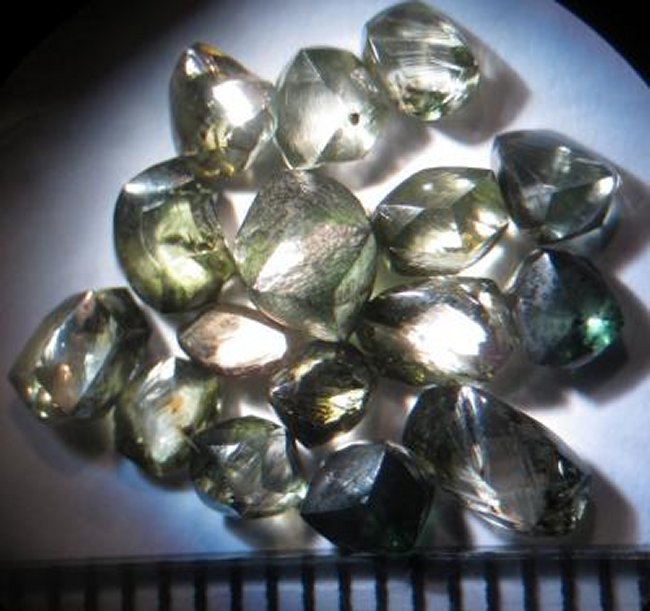
Earth is the only planet in our solar system with plate tectonics. As a result, Earth’s crust is subject to constant turnover, being created at plate boundaries and subducted at plate margins around the world. It is thanks to plate tectonics that we have a nitrogen-rich atmosphere, and consequently life.
The Earth is approximately 4.5 billion years old, and while a rock record exists from about 4 billion years ago, the complex preservational history of the most ancient rocks exposed on Earth’s surface has led to a heated debate amongst Geoscientists on when plate tectonics began operating on Earth. Many researchers believe plate tectonics began in the Archaean (the Eon that took place from 4 to 2.5 billion years ago), although the exact timing is highly contested.
Witwatersrand diamonds suggest plate tectonics started 3.5 billion years ago
The team’s carbon isotope analyses showed the diamonds began forming in relatively oxidized fluids, but with equivocal primordial mantle carbon or recycled crustal carbon signatures. However, when the authors looked at the nitrogen isotope compositions of the Wits diamonds, they saw signatures indicative of crustal sources.
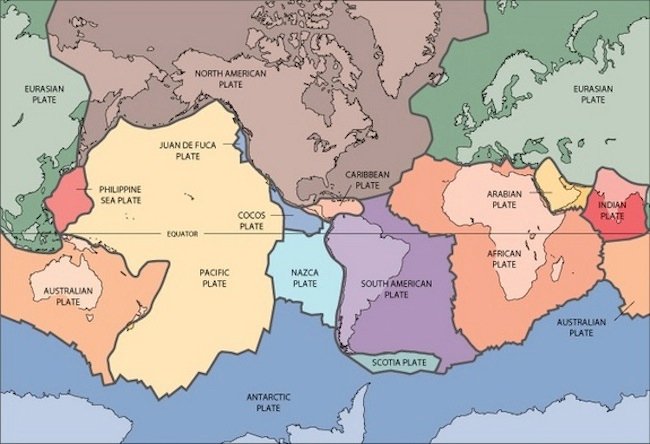
Developed from the 1950s through the 1970s, plate tectonics is the modern version of continental drift, a theory first proposed by scientist Alfred Wegener in 1912. Image credit: USGS
“What is really interesting about the Witwatersrand diamonds, because they are derived from approximately 3 billion year old sedimentary rocks, is that they are rare robust windows into processes and volatile cycles operating on early Earth,’” said Smart. “The nitrogen results in particular indicate the operation of shallow to deep volatile cycling in the Meso- to Palaeoarchaean, and by inference, the operation of plate tectonics early in Earth’s history.”
These observations imply that the diamonds formed in a region of Earth’s mantle that was influenced by newly subducting crust and allowing for a few hundred million years of recycling, that plate tectonics began as early as 3.5 billion years ago.
“Various researchers have tried to establish when exactly plate tectonics started on Earth, but while there are many investigations of ancient rocks on Earth’s surface – like the 3.5 billion year old Barberton Greenstone Belt here in South Africa, or the 4 billion year old Acasta Gneiss in northwest Canada – we are looking at the problem from a different viewpoint – by investigating minerals derived from Earth’s mantle,” says Smart.
“We are not the first research group to study diamonds in order to tell when plate tectonics began, but our study of confirmed Archaean diamonds has suggested that plate tectonics was in operation by at least 3.5 billion years.”
MessageToEagle.com
References:
University of the Witwatersrand


